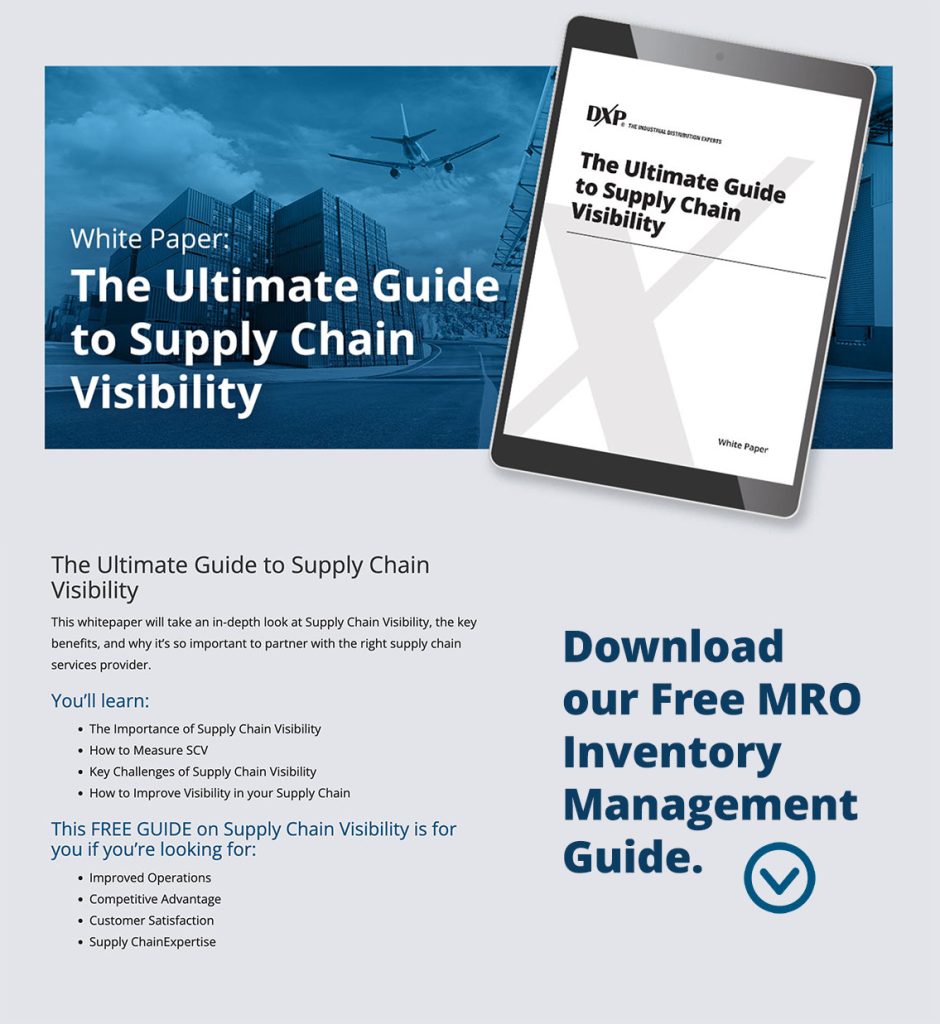
Periodic vs. Perpetual Inventory Systems – Pros & Cons of Each
Keeping track of your products is key to running a smooth operation. Without some kind of inventory system in place, it’s easy for things to slip through the cracks—leading to waste, stockouts, or even lost sales. The good news? These problems are avoidable with the right monitoring setup.
Depending on the size and complexity of your business, you’ll likely need to choose between a periodic or perpetual inventory system.
Periodic vs. Perpetual Inventory Systems
With a periodic system, stock is counted at set intervals—weekly, monthly, or quarterly, for example. It’s simple and cost-effective, but it takes time and often requires staff to stop what they’re doing to manually count everything.
A perpetual system tracks inventory in real-time using software and scanners. It updates automatically with each sale or shipment, giving you a constant view of your stock. This method reduces errors and keeps things moving, but it usually requires a higher upfront investment in technology.
Each system has its pros and cons. Smaller businesses may do fine with periodic checks, while larger or fast-moving operations often benefit from the accuracy and speed of a perpetual setup.
What is a Periodic Inventory System?
A periodic inventory system means counting your stock at specific times (like once a month or at the end of each quarter) to see where things stand. It’s not constant tracking. Instead, you get a snapshot of your inventory when you decide to check it.
How it Works
With this system, you physically count all items on hand at set intervals. That could mean weekly, monthly, or even once a year, depending on your business. You might use a spreadsheet, paper list, or simple inventory software to log your counts. Between checks, the system doesn’t track changes, so you won’t know exactly how much inventory you have until the next count.
When to Use It
This setup works best for smaller operations or businesses with a manageable amount of inventory. It’s cost-effective but it takes time, and you’ll need to pause other tasks to do it right. If you’re moving a lot of product quickly, this method might not keep up.
Pros of Periodic Inventory Systems
There are various benefits and drawbacks of a periodic inventory method are outlined below.
Lower Start-up Costs
A periodic inventory system requires very few materials to be properly conducted and this translates to a significantly lower cost of setup. This makes a periodic system ideal for smaller businesses running on a tight budget.
Simplified Record-Keeping Style
The structure of a periodic system is very simple and easy to understand as it usually shows three basic parameters:
- The number of items currently in stock
- The number of items purchased
- The number of items sold
Having just these three items on the spreadsheet makes analyzing the data and making the necessary adjustments a straightforward process. Additionally, using the purchases account to track inventory purchases helps in managing cost of goods sold and maintaining accurate records.
Minimal Experience Needed to Implement
Due to its simple manual design, a periodic inventory system can be efficiently handled by anyone with a basic knowledge of mathematics. The absence of complex technology eliminates the need for specialized training and store managers can start operating the system from the first day of setup.
Flexibility in Implementation
Periodic systems are flexible and can be adjusted to fit various business needs. They don’t require constant monitoring and can be scheduled based on the business’s specific requirements, often aligning with the accounting period for accurate financial reporting.

Cons of Periodic Inventory Systems
Regularly conducting physical stock counts can be time-consuming and labor-intensive, potentially leading to disruptions in daily operations and inaccurate inventory records between counts.
Diversion of Valuable Man Hours/Increased Overtime Costs
Using a periodic inventory system requires the dedication of employees to the task of manually counting every single item in the inventory. This will divert valuable man-hours that could have been spent in other productive activities to a repetitive task. Also, employers who seek to avoid man-hour losses might have to pay their staff overtime to perform the inventory checks outside official work hours resulting in higher overall operating costs.
Higher Chance of Errors
Humans are more error-prone than computers and as such are more likely to make mistakes during the inventory process. Typical periodic inventory system errors made during manual collation include miscounting, double counting, wrong calculations, and data misrepresentation/wrong input on spreadsheets.
Limited Insights
Periodic systems only provide a snapshot of inventory records at specific intervals, which can result in outdated information. This lack of real-time data can make it challenging to respond quickly to stockouts or overstock situations.
Potential for Disruptions
With a periodic inventory system, regular physical counts can disrupt daily operations, especially during busy periods. The time and effort required to conduct these counts can affect overall business productivity and efficiency.
Inaccurate Inventory Valuation
Since periodic inventories are not updated in any given time, the valuation of inventory can be less accurate, affecting financial reporting and inventory management decisions.

What is a Perpetual Inventory System?
A perpetual inventory system keeps tabs on your stock in real time. As soon as something is sold, returned, or restocked, the system updates automatically. You’ll always know what’s on the shelf without needing to stop and count.
How it Works
This system uses technology (like barcode scanners, POS systems, and RFID tags) to track each transaction as it happens. That data feeds into inventory software, giving you constant visibility into stock levels and trends. No manual counts required.
Tools That Make it Work
- Barcodes: Scan items to update physical inventory count instantly
- POS Systems: Automatically log sales and returns as they happen
- RFID Scanners: Use wireless tags to track products without needing a direct line of sight
- Inventory Software: Combines all this data and shows you what’s in stock, what’s selling, and what needs restocking(often in real time)
This kind of system is ideal for high-volume businesses or companies that want tight control over their inventory. It costs more up front, but it saves time and reduces errors over the long run.
Pros of Perpetual Inventory Systems
The advantages and disadvantages of a perpetual system are outlined below.
Active Inventory Surveillance
Tracking your inventory turnover in real-time allows you accurately predict periods of deficits allowing you to quickly adjust before shortages become detrimental to productivity. In a perpetual inventory system like vendor-managed inventory (VMI) from DXP, this is one of the core VMI benefits.
Seamless Management of Multi-sourced Data
Perpetual inventory management systems plug into a central gathering hub that can efficiently collect and interpret data from multiple sources. This makes it ideal for larger operations where multiple locations are being managed.
Predictive Analysis
Information gathered from consumer purchasing habits can be used to predict future buying patterns, allowing businesses to optimize their inventories for periods of high demand as well as times of slower sales. This lead time reduction in inventory management is one of the main benefits of a perpetual inventory method.
Enhanced Accuracy & Reduced Stockouts
With continuous updates, perpetual systems minimize errors associated with manual counting and reduce the likelihood of stockouts. This accuracy supports better decision-making and helps maintain optimal inventory levels.
Cons of Perpetual Inventory Systems
While offering real-time updates, perpetual systems can be costly to implement and maintain, requiring ongoing investment in technology and staff training.
Higher Start-up Costs
Setting up a perpetual inventory system is associated with significantly higher costs when compared to a periodic system. This is because a perpetual system requires multiple specialized components (RFID codes, scanners, computer software) that contribute to a high cost of setup.
Ongoing Maintenance & Training
Maintaining a perpetual inventory system involves regular updates, system checks, and staff training. The need for continuous investment in technology and personnel can add to the long-term operational costs.
Complexity
The advanced technology required for perpetual systems can be complex to set up and operate. This complexity may necessitate additional training and support, further increasing costs and requiring a commitment of time and resources.
Potential Over-reliance on Technology
While technology offers accuracy, an over-reliance on automated systems may lead to vulnerabilities if technical issues arise. Businesses need contingency plans to manage and mitigate any disruptions caused by system failures.
However, with the right partner for VMI implementation, higher start-up costs aren’t always a given.

Should Your Business Use a Perpetual Inventory System vs. Periodic Inventory System?
| Feature | Periodic Inventory System | Perpetual Inventory System |
|---|---|---|
| Tracking Method | Manual, at set intervals | Automated, real-time |
| Technology Requirement | Minimal | High (POS, barcodes, RFID, software) |
| Cost to Implement | Low | High |
| Inventory Visibility | Snapshot view at time of count | Constant, real-time visibility |
| Accuracy | Lower, prone to human error | Higher, due to automation |
| Best For | Small businesses, low transaction volume | Large or high-volume businesses |
| Staff Training Needed | Minimal | Moderate to high |
| Potential Disruption | Yes, during physical counts | Minimal |
| Insights & Forecasting | Limited | Strong forecasting and trend analysis |
| Maintenance | Low | Ongoing updates and support required |
Choosing between a periodic and perpetual inventory system comes down to your business’s specific needs, size, and budget. For smaller businesses or those with tighter budgets, a periodic system might be more practical. It’s cost-effective and straightforward, suitable for companies that don’t require real-time inventory updates. This approach involves regular physical counts and can be managed with less complex tools and processes, including maintaining a purchases account for tracking inventory purchases.
On the other hand, larger businesses with more substantial resources and complex inventory requirements often benefit from a perpetual inventory system. This system provides continuous, real-time tracking of inventory, which helps in maintaining accurate stock levels, improving order fulfillment, and minimizing stockouts and overstock situations. While more expensive and requiring advanced technology and ongoing maintenance, the increased efficiency and data accuracy make it a worthwhile investment for businesses with the capacity to support such systems.
DXP Has Supply Chain Management Solutions for Most Industrial Settings
At DXP, we offer top-notch supply chain management solutions to a broad clientele base. Our inventory management services are tailored to your business model, so that the payback for new efficiencies is kept to a minimum. For organizations seeking to optimize how they conduct business, ask about our vendor-managed inventory services.
Call (936) 261-7736 for more information about our SmartSolutions and other supply chain services.


